-
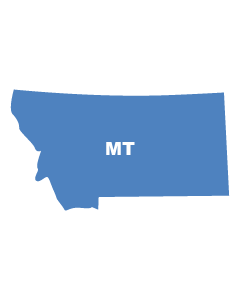
Montana’s recent economic growth and the role of protected public lands in supporting employment creation and higher per-capita income are explored in this report. Read more
-
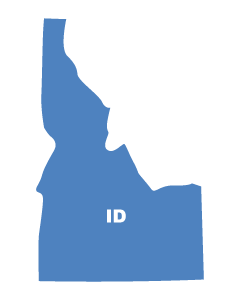
Helped by its high quality of life and protected public lands, Idaho’s economy and population grew rapidly in the past decade. The majority of growth coming from health care and administrative services. Read more
-

Colorado’s rate of population, employment, and real personal income growth has outpaced the nation and this fact sheet looks at the role of protected public lands in supporting jobs and higher incomes. Read more
-

This California report is part of a series that analyzes how and why the West is outperforming the nation, and the competitive advantage offered by its protected lands. Read more
-

This fact sheet summarizes Arizona’s recent economic growth and the role of protected public lands in supporting faster job creation and higher per-capita income. Read more
-

The great majority of Oregon’s net new jobs are from services industries, many of them high-paying. This report looks at the state’s economy and the role of protected public lands. Read more
-

Wyoming is an economic leader and protected public lands help the state grow and diversify its economy. Read more
-
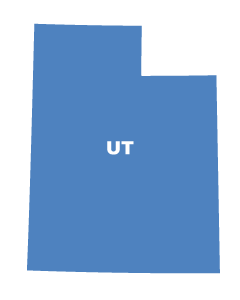
Utah has been a national leader in economic growth during the past decade. This report looks at the state’s economy and the role of protected public lands. Read more
-
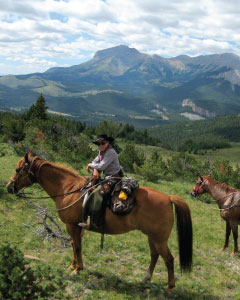
This report analyzes the Front’s land, people, and economy, how the region has changed in important ways during the past several decades, and the potential impact of the proposed Rocky Mountain Heritage Act on the Front. Read more
-
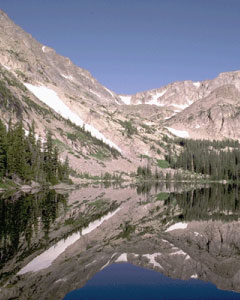
This report summarizes Colorado’s economy and the role of federal protected lands, including how the state has performed, and Colorado’s ability to attract people, investment, and businesses. Read more
-
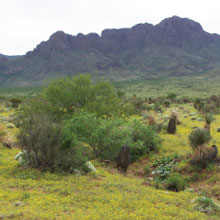
An analysis of New Mexico’s economy and how federal protected lands impact economic performance. Read more
-
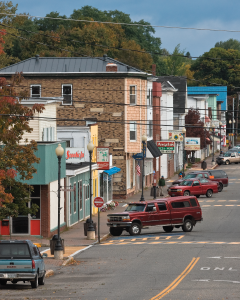
Headwaters Economics completed two reports on the economic costs and benefits of a possible new National Park and Recreation Area for Penobscot and Piscataquis Counties, Maine. Read more
-
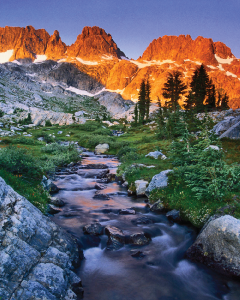
More than 100 economists and academics urged President Obama to create and invest in new federal protected lands such as national parks, wilderness, and monuments. Read more
-
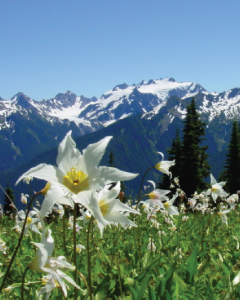
Report on the economy of the Olympics Peninsula and impact of the Wild Olympics proposal. Read more
-
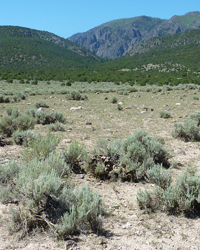
A report on public lands ranching in southern Utah. Read more
-
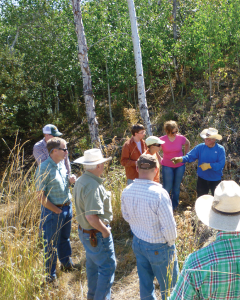
This report summarizes interviews with local government and business leaders on obstacles to and opportunities for local economic recovery in Carey, Idaho from the last recession. Read more
-
Headwaters Economics created a series of reports on the economic performance of western communities near national monuments. Read more
-
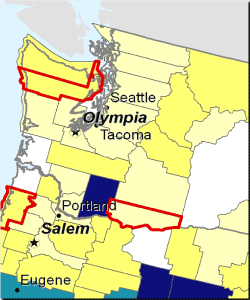
Research on the history and context of county payments which play an important role in many rural communities–influencing public lands management, economic development, and funding for local schools, roads, and public safety. Read more
-

The report analyzes the economic and fiscal challenges facing Deschutes County and provides recommendations to improve economic prospects. Read more
-
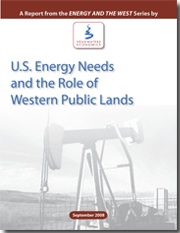
This report discusses the supply-side orientation of U.S. energy policy, and reviews existing data that describe available reserves, pricing structures, and patterns of consumption and demand. Read more